
If you're a seafood lover, then you're in for a treat with this delicious recipe! Baked salmon in parchment paper is not only a healthy and flavorful meal, but it's also incredibly easy to make (but also looks fancy enough to present to guests!). With fresh salmon fillets, carrots, onions, garlic, and cherry tomatoes, all drizzled with olive oil, this dish is bursting with flavors. And the best part? Baking the salmon in parchment paper ensures that the fish steams, resulting in moist and tender salmon every time. If you’re looking for a healthy, but satisfying midweek meal, why not try this easy recipe?
Why Bake Salmon in Parchment Paper?
Baking salmon in parchment is a popular French cooking technique, where it is known as Salmon en Papiillote (pronounced pah-pee-YOHT). The process involves baking the fish inside a folded parchment paper pouch, where it is steamed during cooking.
The French culinary term that we use today (“Papillote”) dates back as far as the 17th century, but cultures from around the world have been using similar techniques for centuries. In Southeast Asia, banana leaves are used instead of parchment paper, whereas Latin Americans use corn husks or plantain leaves. The Chinese opt for water lotus leaves instead. It’s a popular cooking technique because it not only results in a moist protein (protecting it from overcooking), but it’s very presentable. Each guest can receive a neatly wrapped package and have the joy of opening it at the dining table!
Parchment Paper Vs. Foil: Which is Better?
Baking salmon in parchment paper versus foil is a choice that influences not only the cooking process but also the flavor and texture of the fish. Parchment paper is celebrated for its ability to steam the salmon gently within its own packet, locking in moisture and flavor. This method allows for the infusion of herbs and aromatics, creating a delicate and moist piece of fish with a subtle, evenly distributed seasoning. It's an approach that highlights the salmon's natural flavors while ensuring it remains tender and juicy. Foil, on the other hand, is more forgiving in terms of temperature variations and can produce a slightly firmer texture, ideal for those who prefer a bit of a crust on their salmon. Foil can also better withstand higher temperatures and can be used on a grill, offering versatility in cooking methods. While both methods have their merits, choosing between parchment paper and foil depends on the desired outcome: parchment for a steamed, tender fillet full of aromatic flavors, or foil for a robust dish with a bit of crispness to the exterior.
Tips
- It’s important to wrap the parchment paper very well, to prevent any steam from escaping. Otherwise, the salmon pieces won’t cook properly.
- The rosemary can be substituted with dill, chives, tarragon, or thyme—these will all go well with salmon.
- To check if the salmon is cooked properly, use a thermometer. The measured temperature for cooked salmon is 145°F. To ensure even cooking, use salmon fillets that are all the same size.
- While parchment paper works best, you can use foil instead.
- Use the freshest salmon fillets you can find. Salmon should always be a good color, with a firm texture, and a fresh scent (not overly fishy!).
- The recipe can also be made with frozen salmon fillets, but it will require a few extra steps. First, thaw the salmon overnight in the fridge, and only use it if it’s completely thawed. Pat dry with paper towels before using.
How To Store Baked Salmon
Once the salmon has cooled completely, transfer it to an airtight container and store it in the fridge for 3 days. You can also freeze the salmon for up to 3 months.
Ingredients
How To Make Baked Salmon
Make sure that all the fish bones are removed from the salmon fillets.
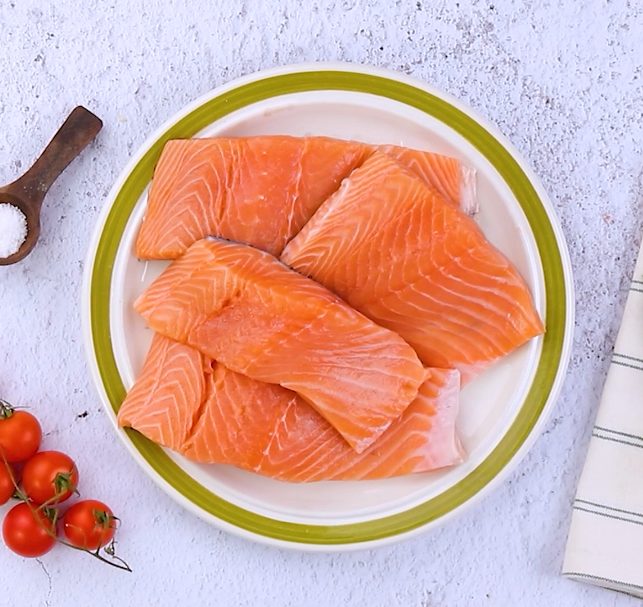;Resize,width=712;)
Make sure that all the fish bones are removed from the salmon fillets.
Cut the onion into thick slices.
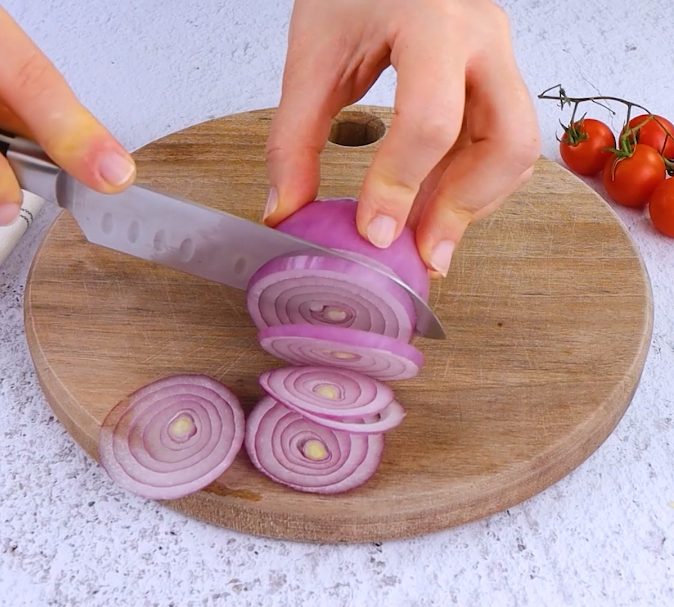;Resize,width=712;)
Cut the onion into thick slices.
Use a potato peeler to slice the carrot into ribbons.
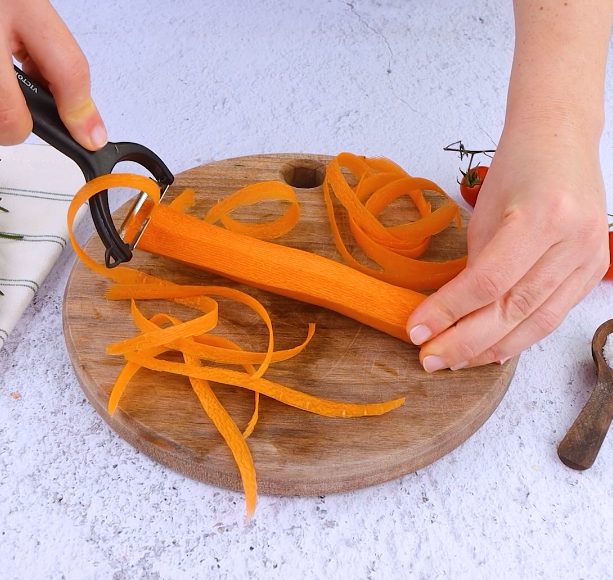;Resize,width=712;)
Use a potato peeler to slice the carrot into ribbons.
Cut the cherry tomatoes in half.
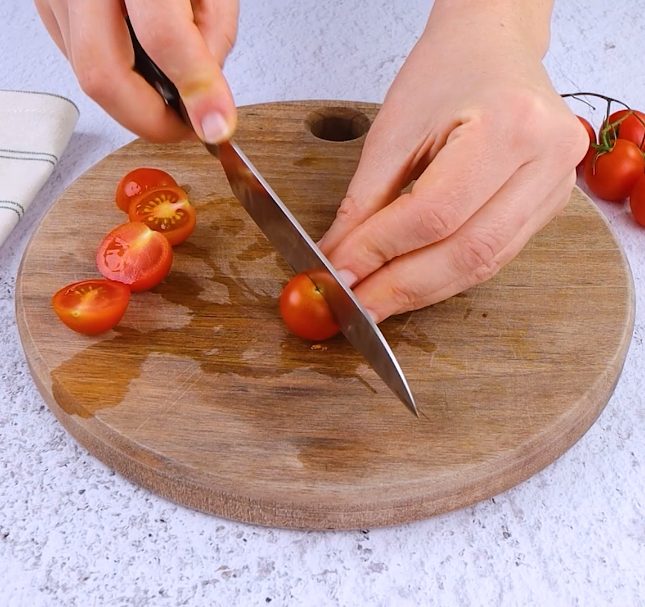;Resize,width=712;)
Cut the cherry tomatoes in half.
Arrange the carrots ribbons and onion slices on top of a piece of parchment paper. Season with salt, and pepper, and add a drizzle of olive oil.
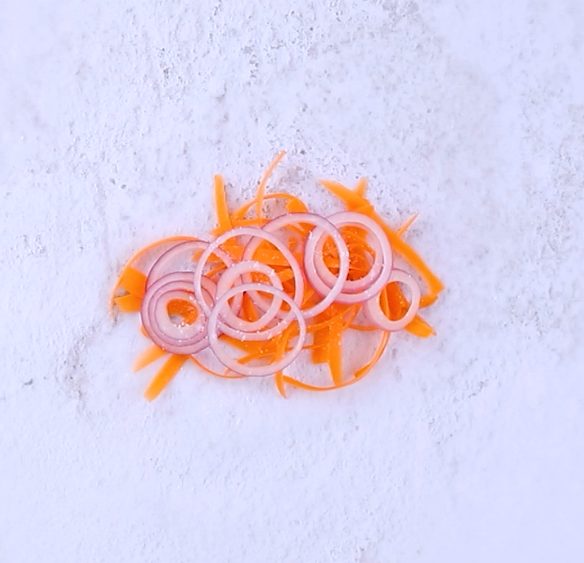;Resize,width=712;)
Arrange the carrots ribbons and onion slices on top of a piece of parchment paper. Season with salt, and pepper, and add a drizzle of olive oil.
Place a piece of salmon fillet on top, then add the cherry tomatoes and garlic.
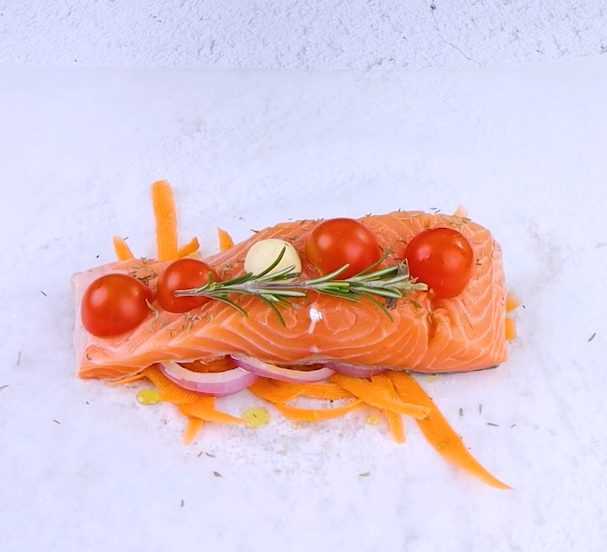;Resize,width=712;)
Place a piece of salmon fillet on top, then add the cherry tomatoes and garlic.
Bring together two ends of the parchment paper, then fold over to close the top.
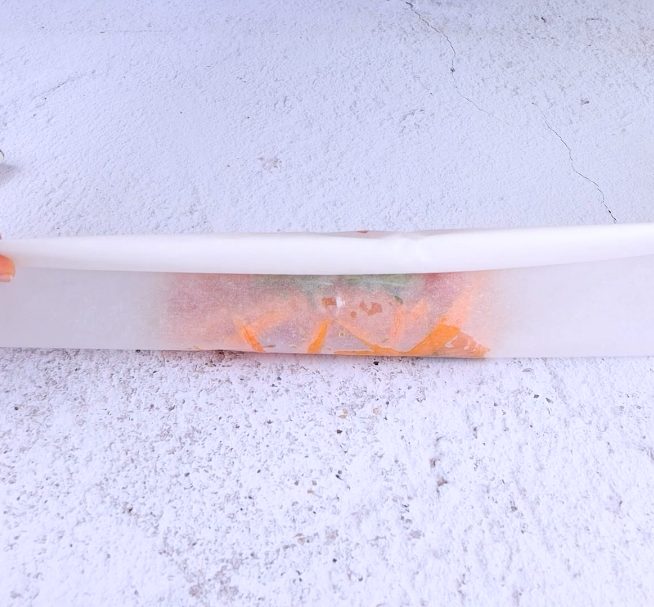;Resize,width=712;)
Bring together two ends of the parchment paper, then fold over to close the top.
Twist the two loose ends to close the parchment paper.
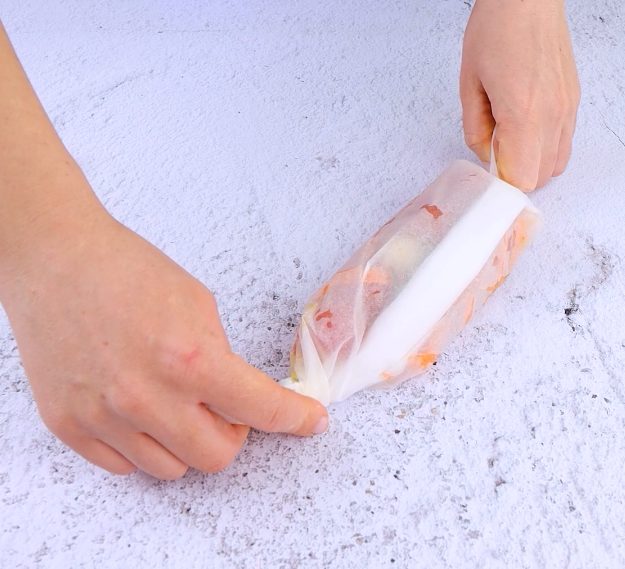;Resize,width=712;)
Twist the two loose ends to close the parchment paper.
Repeat the process with other fillets and place on a baking sheet.
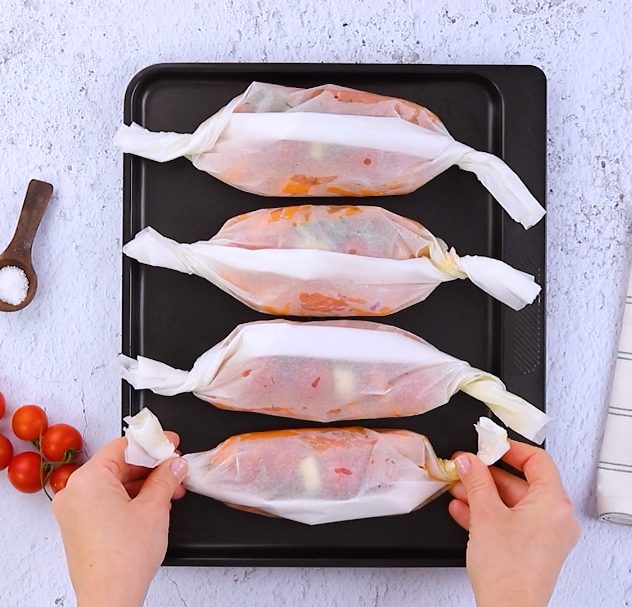;Resize,width=712;)
Repeat the process with other fillets and place on a baking sheet.
Bake at 190°C/374°F for 25 minutes.
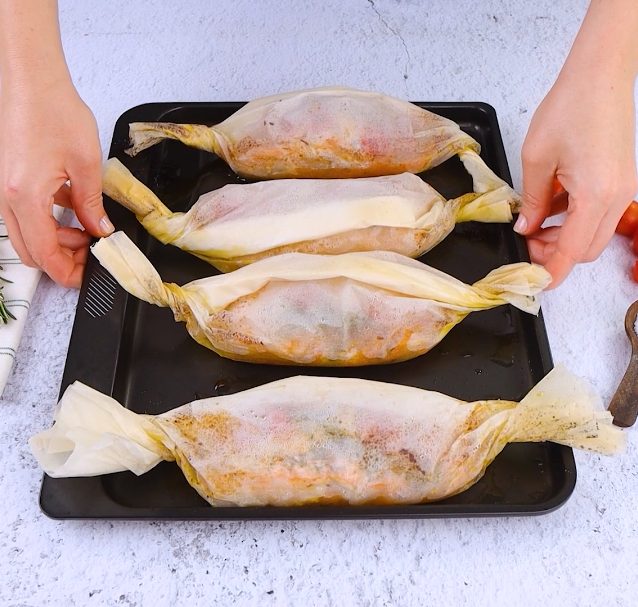;Resize,width=712;)
Bake at 190°C/374°F for 25 minutes.
Carefully unwrap the baked salmon from parchment paper.
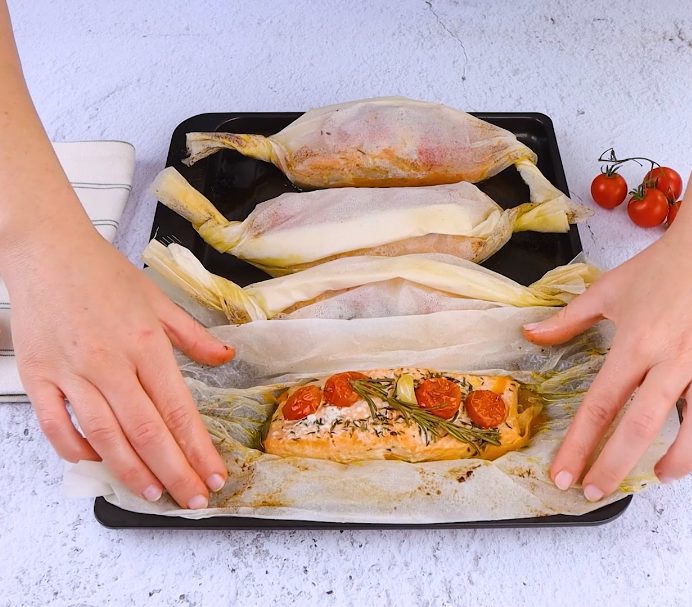;Resize,width=712;)
Carefully unwrap the baked salmon from parchment paper.
Enjoy with roasted potatoes or a green salad.
;Resize,width=712;)
Enjoy with roasted potatoes or a green salad.
Enjoy!

;Resize,width=767;)
